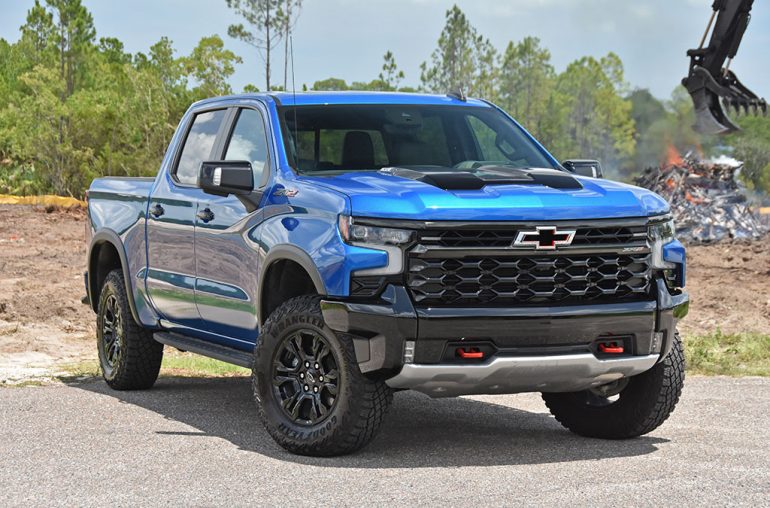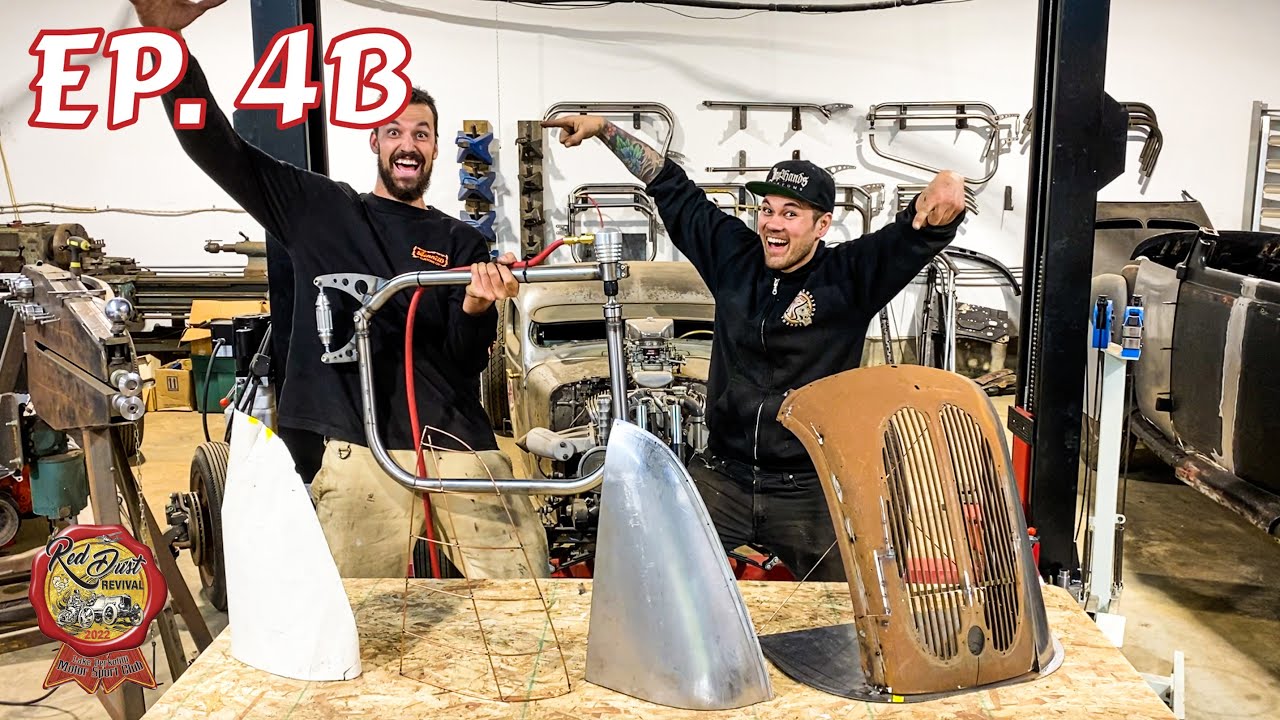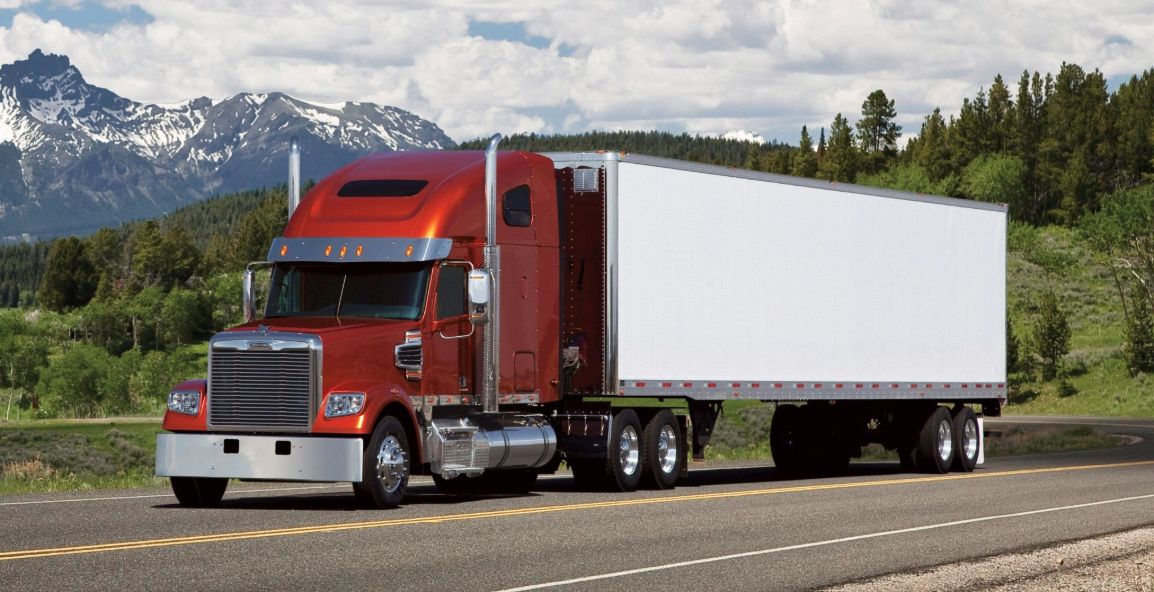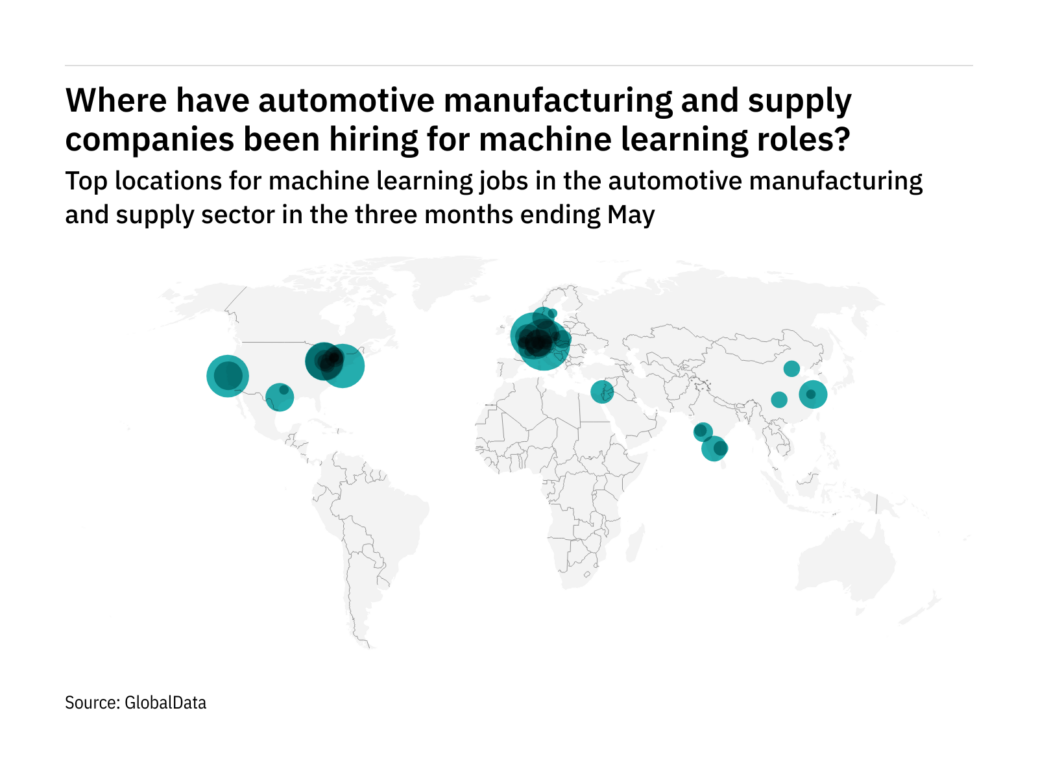[ad_1]
Autonomous driving is on the cusp of a technological frontier, promising numerous benefits across several different use cases. For the trucking sector, it could offer dramatically more efficient and safer freight movement. But as with many new technologies, regulations could make or break its success. In the US, arguably the leading market in terms of self-driving truck pilots, there is a decided lack of federal regulations across the states.
Today, autonomous trucks can run in specific areas within 29 states, but each state has its own approach and its own rulebook. The rules that apply in one state may not be the same rules that apply when the vehicle crosses the border. Such a fragmented strategy has some industry watchers concerned, particularly on the legal ramifications. For new players entering the sector, or established players keen to extend their roadmap, navigating the complex legal requirements may require outside help.
That’s where Justin Savage and Allison In come in. They are part of the Automotive and Mobility sector team at law firm Sidley Austin LLP, advising companies and organisations on the autonomous driving requirements for any state in which they operate, the risks they may face under the US law and management techniques to mitigate those risks.
[ad_2]
Source link











